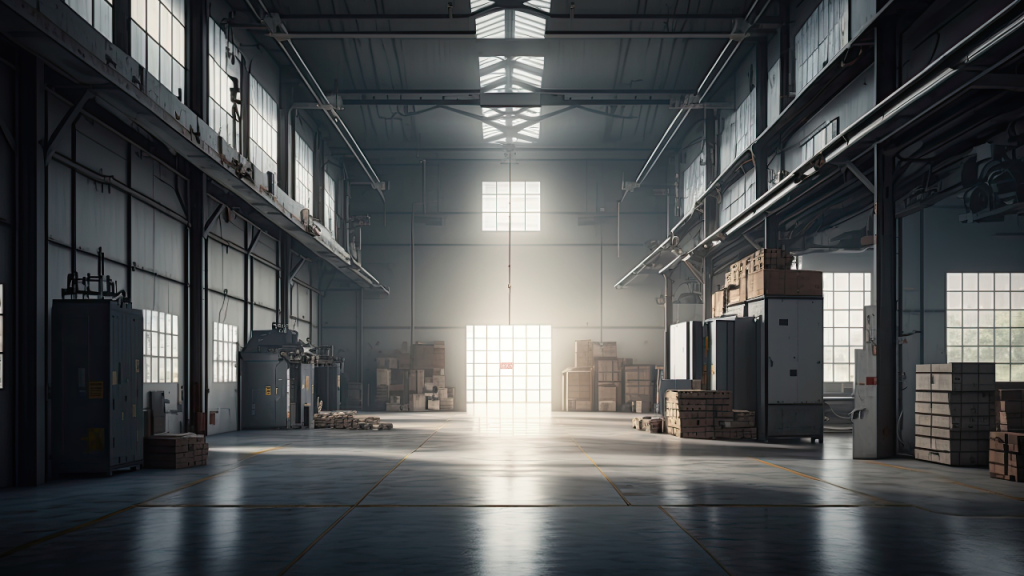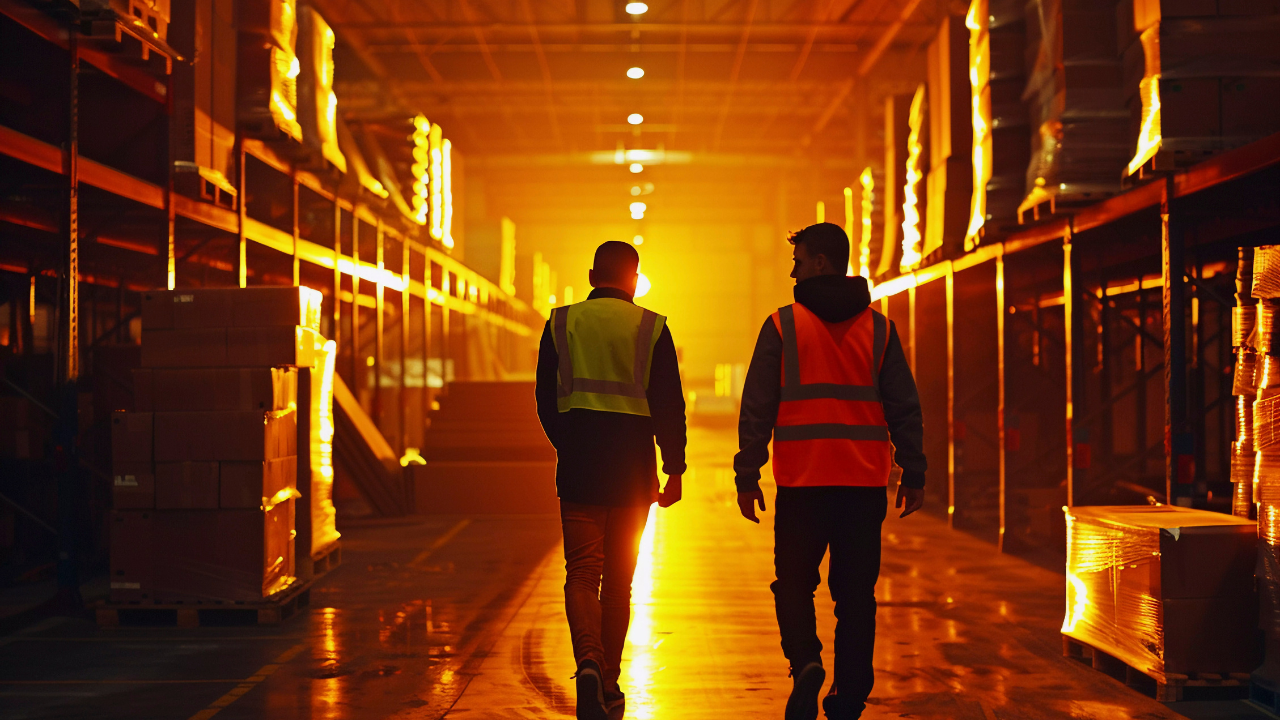Table Of Contents
- Streamlining Warehouse Logistics Processes In 2025: Tips That You Must Follow!
- Walk The Floor And Record What You See.
- Fix The Digital Infrastructure.
- Re‑Slot Stock With An Honest ABC Review
- Try One Narrow Slice Of Automation First.
- Using AI For Better Demand Forecasting
- IoT For Better And Smarter Forecasting
- Operational Efficiency Improvements
Where To Start With Streamlining Warehouse Logistics Processes In 2025
Warehouse managers everywhere seem to share the same operational headaches: too many footsteps between the pick face and the dock, too many forklifts idling for no clear reason, and too many spreadsheet patches holding old systems together.
The temptation is to fast‑forward straight to robotics and the latest apps, but the smartest operations that have emerged over the past year all began with slower, lower‑cost groundwork.
Below is a practical, people-first approach that typically pays for itself long before actual investment decisions are made for an efficient Warehouse Logistics process.
Streamlining Warehouse Logistics Processes In 2025: Tips That You Must Follow!

In 2025, streamlining better warehouse logistics processes can be vital for various businesses as they can help to remain competitive in the current landscape.
Moreover, a properly streamlined warehouse logistics process can help in meeting better customer expectations, mitigating global disruptions, and addressing labour shortages.
Walk The Floor And Record What You See.
It’s surprising how much waste hides in plain sight. A simple exercise – one manager with a notebook shadowing an outbound order from release to loading – often reveals that thirty or forty per cent of the journey adds no value at all.
Count every pause at a stretch‑wrapper, every time a picker backtracks for forgotten labels, and every forklift waiting while a door is cleared.
Do it for a full shift for the warehouse logistics process. Those observations form the foundation of what you want to achieve; until you have them, “streamlining” is just a buzzword.
Fix The Digital Infrastructure.
Fixing the digital infrastructure is also a major part of the warehouse logistics process. In many buildings, the Wi‑Fi drops the moment a scanner reaches the highest bay, or the WMS still relies on overnight batch updates.
That latency forces extra inventory buffers and, worse, breeds workarounds that staff quietly invent and never document.
Upgrade access points, ensure every handheld device is on the same firmware, and require live data feeds between systems.
It’s mundane, but without that reliability, any later automation will trip over its connection errors.
Re‑Slot Stock With An Honest ABC Review
Fast‑moving items drift away from prime positions over time – it’s nobody’s fault, just the by‑product of rushed projects and seasonality.
Run a year’s order history, sort by pick frequency, and move the top twenty percent of SKUs to the easiest to access locations.
Push the slow movers upward or backward. That reshuffle costs little more than some overtime and shrink‑wrap, yet it often cuts walking distance by double digits. Robots might do it faster, but people with forklifts can still do it today.
Try One Narrow Slice Of Automation First.
Only after the layout and data are tidy is it worthwhile investing in a loading solution from a reputable supplier like Joloda Hydraroll.
You need to make sure that the option you choose is based on as much data as possible, and you can also try to model the effects before committing to a big order.
Three months of a modeled pilot (that could be run in a matter of seconds) will tell you whether a fleet is worth the capital, expose integration glitches in a controlled corner, and give staff time to adapt.
Finish that sprint, and the building will already be moving smoothly, sometimes enough that bigger investments can be put on hold.
If the numbers still demand automation, you’ll approach suppliers with clean data, a cooperative workforce, and a warehouse that’s ready to make the most of new technology – exactly the position you want when 2025’s peak season rolls around.
Using AI For Better Demand Forecasting
At present, the AI-powered demand forecasting is bringing a new revolution to warehouse planning for demand.
Previously, relying on the traditional approaches was all about heavily relying on two things: historical data and manual processes.
But thanks to the AI services and tools, now it has become possible to analyse a massive set of real-time data for high-level predictions.
These AI systems can easily adapt to the possible shifts in the marketplace. This includes:
- Seasonal patterns
- Weather forecast,
- Various social media trends
- Customer purchase habits
As a result, it becomes very easy for the warehouse to make proper predictions about the demand changes, even before they can occur, which can give them a very proactive edge.
IoT For Better And Smarter Forecasting
The technologies related to AI forecasting have become increasingly effective with the help of IoT sensors. These sensors can be useful in:
- Monitoring inventory levels
- Environmental conditions
- Providing real-time data
These features can easily feed directly into the AI algorithm. For example, we can talk about Amazon. They utilize a combination of AI and IoT to predict demand patterns for various regions and product categories.
This helps in managing their inventory in a very dynamic way. Furthermore, it can lead to even faster deliveries as well as smoother operations.
Not only that! This typical type of integration can also help in boosting accuracy while maintaining better scalability and efficiency for growth!
Operational Efficiency Improvements
Previously, in the traditional warehouses, workers used to spend 60-65% of their time just walking from one storage location to another. However, the AS/RS or Automated Storage and Retrieval Systems eliminates the inefficiency.
This could have been done by bringing the items directly to the ergonomic picking stations.
Here is a very quick comparison between the manual process and the AS/RS
Pick Time per Order
- Manual Process should be about 8–12 minutes
- AS/RS: 2–3 minutes
Pick Accuracy
- Manual Process: ~92%
- AS/RS: 99.9%+
Picking Productivity
- Manual Process: ~50 units per hour
- AS/RS: Up to 600 lines/hour
Required Operators per Shift
- Manual Process is at 12–15
- AS/RS is 3–5
Storage Utilization
- Manual Process is at ~30% vertical use
- AS/RS is >85% vertical use
So, it can be said that the AS/RS is more like the backbone of an efficient warehouse logistics process in 2025.
Read Also:















